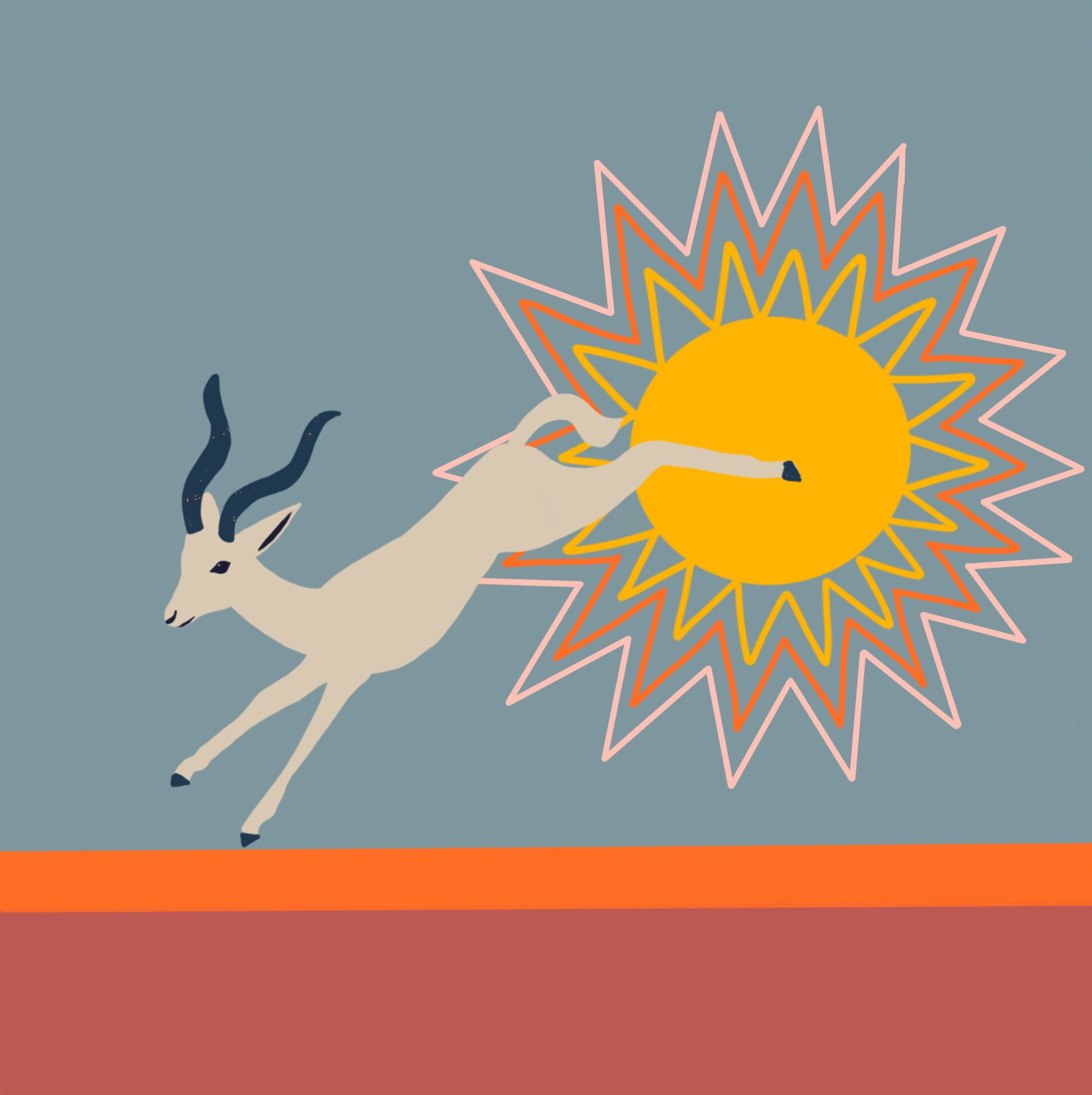Trauma, Stress & The Body
Trauma is an emotional and physiological response to a triggering event. After time has passed, it is not the actual event that is the problem but the nervous systems continued response to it. Examples of trauma can range from the obvious and dramatic - war, abuse or naturel disasters to what may be considered more common experiences such as child birth, dental and medical procedures, road traffic accidents or sudden life changes like death and divorce.
To a person affected by trauma, it can feel like there is something threatening, lurking in the shadows waiting to pounce… This can be both anxiety inducing and tiring from living with a nervous system which is stuck on red alert.
To a person affected by trauma, it can feel like there is something threatening, lurking in the shadows waiting to pounce… This can be both anxiety inducing and tiring from living with a nervous system which is stuck on red alert. Sometimes the person will be able to attribute an event to the cause of feeling this way but not always. Its as if the body knows something that the mind has forgotten.
Our bodies are well equipped to deal with stress. When we need to, we can activate a stress response via our hormonal and nervous systems which will send us into to either a ‘fight, flight or freeze’ response. I like to use the well known analogy of the deer being stalked by a lion - The deer is peacefully grazing on the plains when suddenly it becomes alert, it can smell or perhaps hear the lion approaching. The deer being a pray animal doesn’t have the option to fight, it will never win against the lion so it does whats its designed to do.. it goes into flight mode, it runs. The fight or flight reaction is a response mounted via the bodies sympathetic nervous system, the heart rate and blood pressure increases sending blood to the arms and legs so that you can run. Then one of two things will happen, the deer will either out run the lion and escape or it will get captured. If the later happens or if running away is not an option, it will freeze. Freezing happens when part of the parasympathetic nervous system is activated. The deer seemingly detaches and looks lifeless as if playing dead. This can be useful in two ways, firstly part animals are stimulated to attack by movement so if the deer plays dead there is a chance that the lion may get board and leave it alone or if death is imminent, the deer will realise endorphins and the the experience will be less painful.
Releasing the charge
A charge like energy builds up within in the body during fight/flight. If you observe an animal post stress response it will literally shake off this charge, the deer will buck and kick its back legs to help realise the tension created in its body. Moments later the deer will be back calmly grazing with the rest of the herd. Humans however, struggle with this last part. Because we have complex thinking brains we don’t always realise the charge properly resulting in a continuously heightened nervous system and tension or holding within the body.
It is interesting to observe as an osteopath that my patients bodies sometimes let go of this charge spontaneously during a treatment session. To me it feels like a buzzing or shaking. It maybe so subtle and gentle that the patient themselves are not aware of it or it can be much more obvious and visual. This release can at times (but not always) be accompanied by the patient remembering the cause of the stress and, un prompted, they start to tell me the story. The buzzing then dissipates and the body relaxes creating a much more balanced tone within the nervous system. Letting go of this tension usually helps in recovery of physical aches and pains in the body.
If you are interested in learning more about fight, flight, freeze and the bodies response to trauma there are interesting resources to be found at traumahealing.org


